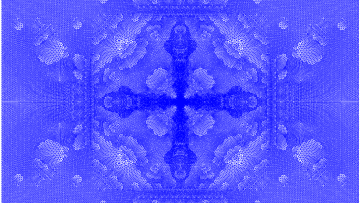14:00
RG Flows and Bounds from Chaos
Abstract
I will discuss a precise connection between renormalization group (RG) and quantum chaos. Every RG flow between two conformal fixed points can be described in terms of the dynamics of Nambu-Goldstone bosons of broken symmetries. The theory of Nambu-Goldstone bosons can be viewed as a theory in anti-de Sitter space with the flat space limit. This enables an equivalent formulation of these 4d RG flows in terms of spectral deformations of a generalized free CFT in 3d. This approach provides a precise relation between C-functions associated with 4d RG flows and certain out-of-time-order correlators that diagnose chaos in 3d. As an application, I will show that the 3d chaos bound imposes constraints on the low energy effective action associated with unitary RG flows in 4d with a broken continuous global symmetry in the UV. These bounds, among other things, imply that the proof of the 4d a-theorem remains valid even when additional global symmetries are broken.
Born out of lockdown in 2020, the Oxford Mathematics Online Exhibition might just have become a permanent fixture in our mathematical lives.
We ask all our Oxford Mathematicians, young and less young, to come up with art that expresses a mathematical idea in the form of their choice.
Image to the right: Joel Madly - Triangular mesh with fractal behaviour (click to see full detail)
Image below: Andrew Krause - Turing Pattern Faces (click to see full detail)


